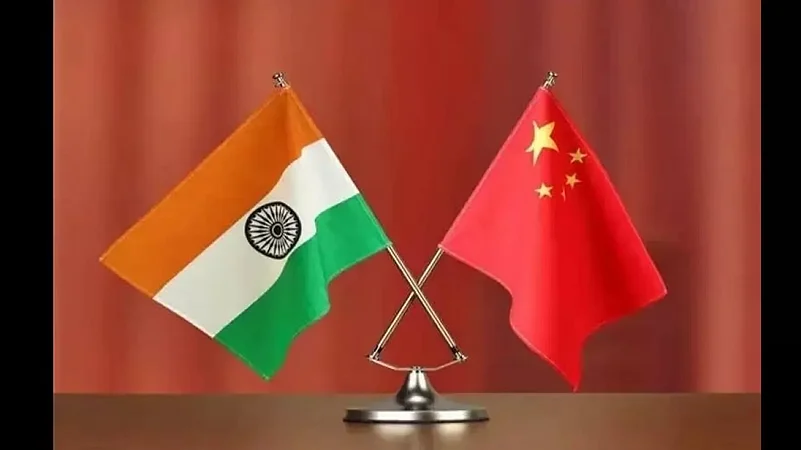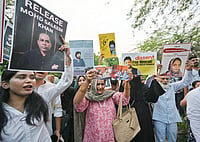Indian and Chinese ground commanders are actively engaging in talks along the Line of Actual Control (LAC) in eastern Ladakh as they prepare for the fourth winter since the military standoff began. Over the past 10 days, multiple interactions have occurred at various points along the LAC, focusing on resolving minor issues and preventing incidents during the harsh winter months. These discussions are part of confidence-building measures (CBMs) agreed upon during Corps Commander-level talks. Other CBMs include adherence to existing border protocols and advanced sharing of patrol information to avoid ground clashes, according to media reports.
As the Indian Army transitions into its winter posture, sources indicate a redeployment of troops along the LAC, possibly with a reduction in troop strength in eastern Ladakh while maintaining reserves in depth areas. Despite extreme cold weather conditions, infrastructure enhancement continues in eastern Ladakh. The Army's winter posture involves deploying the latest surveillance devices for border domination and conducting winter air surveillance operations with helicopters, along with limited troop patrolling as needed.
The 20th round of military talks last month didn't result in significant progress on the ground, but both sides committed to sustaining dialogue and negotiations through various military and diplomatic channels. India has been advocating for access to its old patrolling points along the LAC, early disengagement at remaining friction points, and overall de-escalation of troops in Ladakh. While some friction points like Galwan Valley and Pangong Tso have seen resolution with the creation of buffer zones, legacy points like Depsang Plains and Demchok are yet to witness disengagement.






















